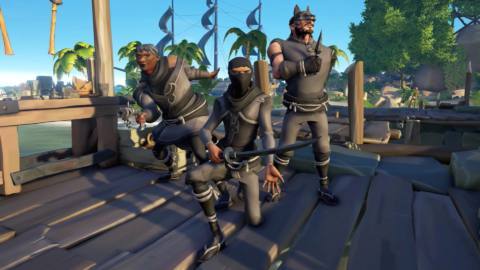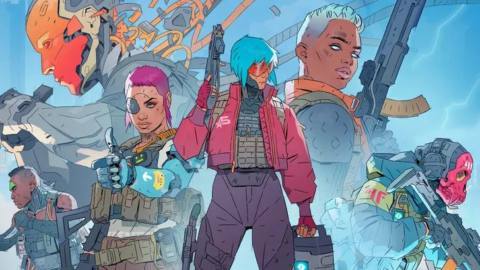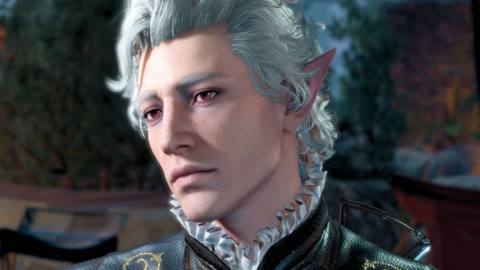![]()
Eight years into Pokémon Go’s life, and the game’s annual summer Go Fest events remain a firm fixture in the app’s event calendar. More than a dozen of these meetups have now taken place around the world, with the most recent this weekend in Madrid, where tens of thousands of Pokéfans braved the heat to catch an enticing array of species ahead of other players.
Go Fest’s Global version, a Covid-era invention that remains a lucrative ongoing addition, offers similar rewards next month, but without that same experience of potentially travelling somewhere new, to be among crowds of fellow players. And in both Madrid’s Juan Carlos I Park and within the city’s narrow streets, there were Pokéfans everywhere. Not since its days back in Dortmund has a city felt so dominated by people playing – from the parade of fans wearing merch or even full Pokémon costumes despite the high temperatures, to the in-game experience where lured PokéStops and full raid lobbies stretched out as far as the eye could see. London, last year, had felt just too big a city for the Pokémon crowds to have made it theirs. Not so here.
It was also an oppurtunity for me to catch up again with Pokémon Go director Michael Steranka, after what has been another busy period for the game. The past few months have seen a number of useful quality-of-life features land in the app, while the recent Go Tour Sinnoh event clearly moved the needle in terms of player engagement. But, as ever, there have been criticisms too – not least around the game’s avatar update, which despite its good intentions felt decidedly rushed – and of a general slowdown in the number of Pokémon species being added. I discuss these issues and much more with Steranka below.






